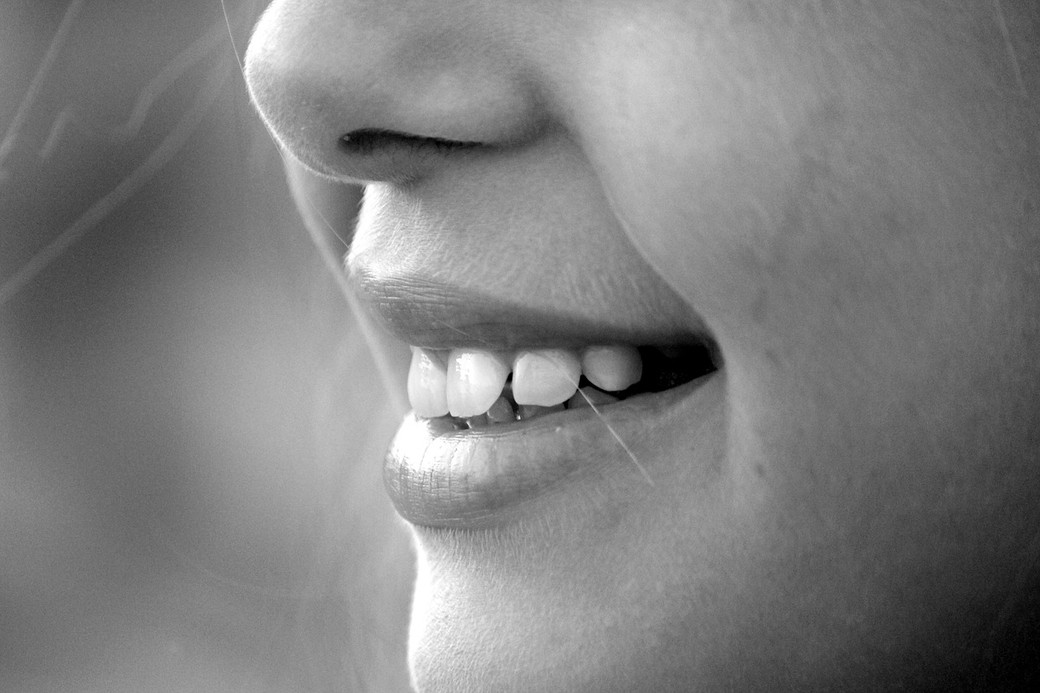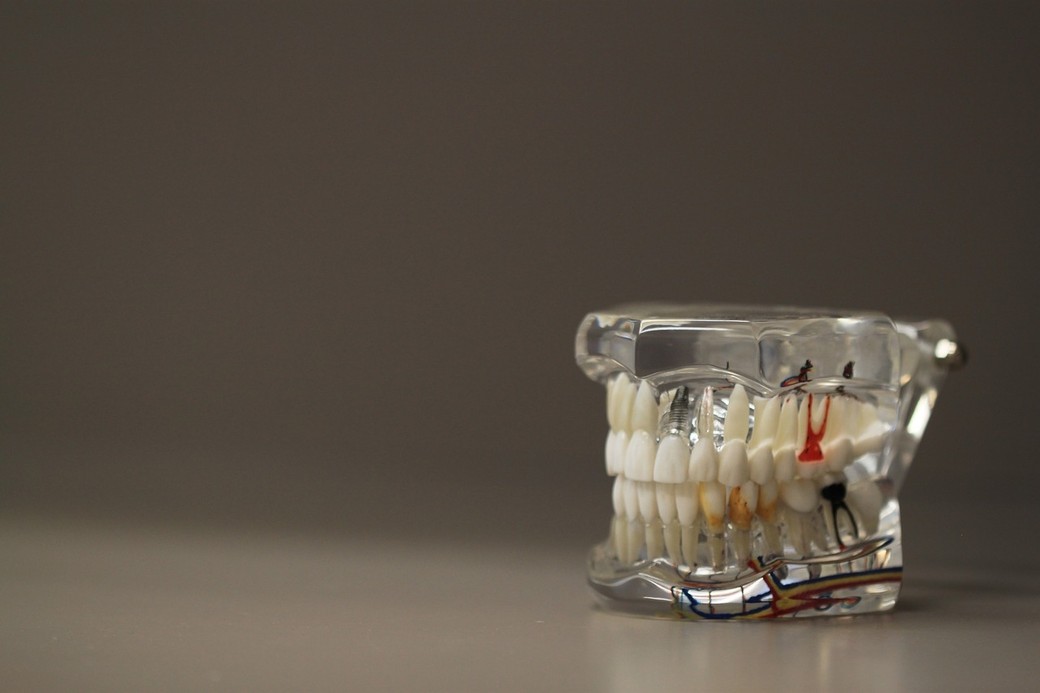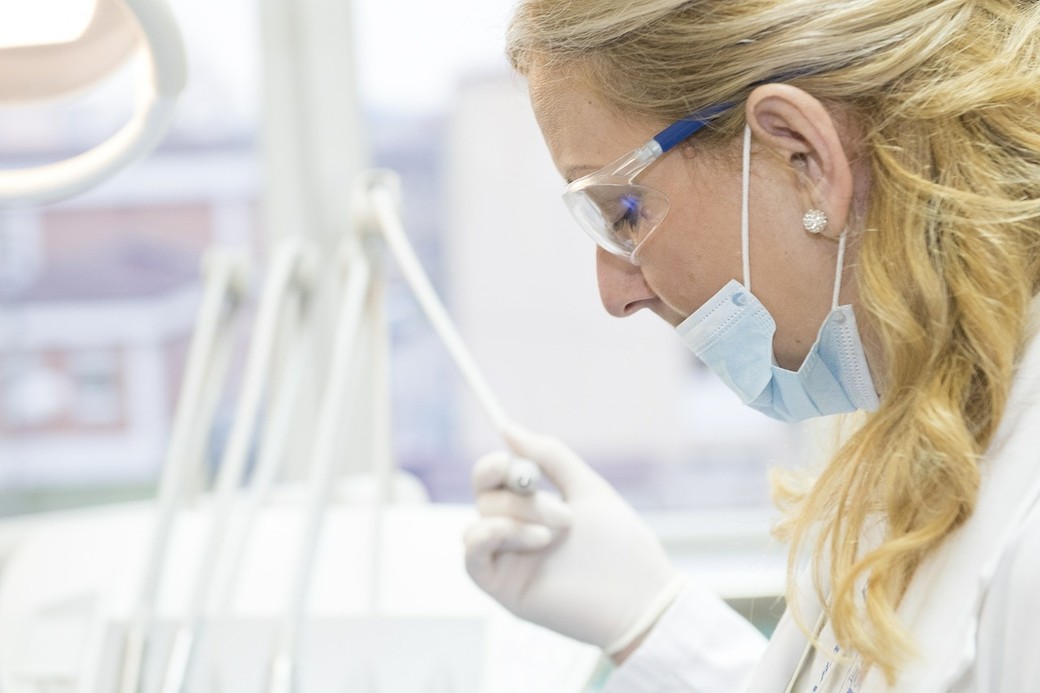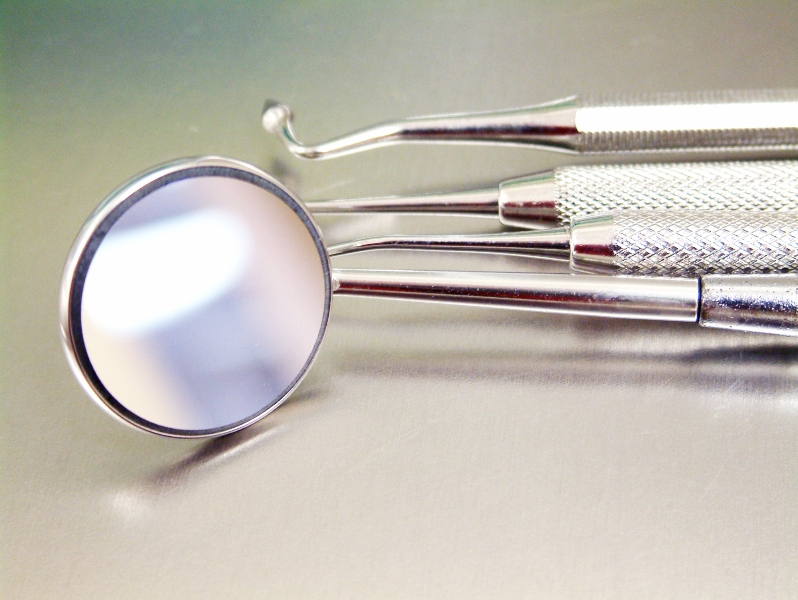
Robert Milligan: The Secret Behind The Smile
There are plenty of ways to lose teeth. You can fall off your bike, grind your teeth at night, or lose them from something more drastic. No matter how it may happen, you’d probably go to the dentist to get them replaced. What we rarely wonder though, is where the dentist gets those replacements. In Ottawa, there’s a good chance your crown would come from a dental technician like Robert K. Milligan R.D.T.
“We’re sort of behind the scenes,” says Milligan, who owns a small dental lab in Ottawa called Cadcrowns.ca.
In the lab, Milligan designs and finetunes replacement teeth. Dentures, crowns, bridges and even implants, he shapes them all to fit perfectly in patients’ mouths and look as much like their original teeth as possible. A crown has to be the right shape and colour before Milligan lets it leave his lab, and finding that combination is harder than it sounds.

“Teeth are like snowflakes,” he says, “no two are alike.”
The process for creating these teeth is exacting and always changing with technology. Until about three years ago, Milligan based his creation on photographs or moulds. Today most DTs use a scanner that they keep in their lab, but Milligan takes it a step further. He has a portable scanner that he can actually bring into the dentist’s office. The scanner looks like a science fiction laser, and Milligan uses it to create digital models of the patient’s entire jaw with unprecedented accuracy.
Once there’s a digital copy of the tooth, Milligan sends it off to be milled. The milled teeth are made of zirconia, a tooth-coloured metal that’s light and durable. Porcelain is also applied to create the specific look for each patient. These tooth replacements are a huge advancement from older, metal-supported teeth that can often show black lines at the gums and are susceptible to fracture.

When the zirconia teeth arrive at Milligan’s lab, he and his team begin finely adjusting the crowns to make them more lifelike. This meticulous process is what sets Cadcrowns apart from larger labs.
“We’re all artists here,” Milligan says. “We’re not in a factory.”
With some desks holding paintbrushes and others carrying slick machines, the office looks like a combination biology lab and artists’ studio. Brightly coloured nature paintings practically jump off the grey and white surfaces all around us. The art comes from Milligan’s wife and business partner Angela, who works as a ceramist in the lab.
“When she came to Ottawa she was artistic, so I trained her,” Milligan recalls. “We built our business together and raised our family.”
Cadcrowns ceramists work their magic to make the teeth look as real as possible. For example, ceramist Roxanne Dennis may add a bit of colouring to make a tooth look more natural. After she is done painting, she puts the tooth into a small kiln to bake in the colour for good.
All of these steps ensure that the teeth don’t just look great, they work well too. In fact, because of their cuttingedge materials, many crowns are more durable than the patients’ original teeth.
Learning to make these solid, lifelike crowns has been a lifelong process for Milligan. He started working in the industry in 1978 and got his RDT license in Toronto at George Brown, the only Ontario college that offers the program. Like most great artists, he also apprenticed for years. Today, Milligan is at the top of his game. DTs from around the world ask how his portable scanner helps business, and he’s made teeth for a number of high-profile patients, including some well-known athletes.
“Hockey’s good for dental technology, (so are) bicycles, little sisters…” Milligan says with a laugh. “Skiing too,” Dennis adds. Perhaps Milligan’s best-known patient is Dany Heatley, the Ottawa Senators’ former left winger. Heatley lost one of his front teeth when he was still a rookie, and that gap became a trademark, at least until Milligan provided the tooth that filled it in 2006.
Typically, the newspapers that wrote about Dany Heatley’s new tooth only mentioned the dentist that inserted the crown, Milligan’s name never came up. Missing out on the spotlight isn’t unusual for DTs. In fact, many people who have crowns and dentures don’t know where they came from.
Milligan hopes his outreach and public lab will eventually shine a bit of light on dental technicians’ work. “I’d like people to know that it’s not just a dentist reaching into a drawer and pulling out a tooth for them,” he says. “There’s a lot of good people behind the scenes.”












